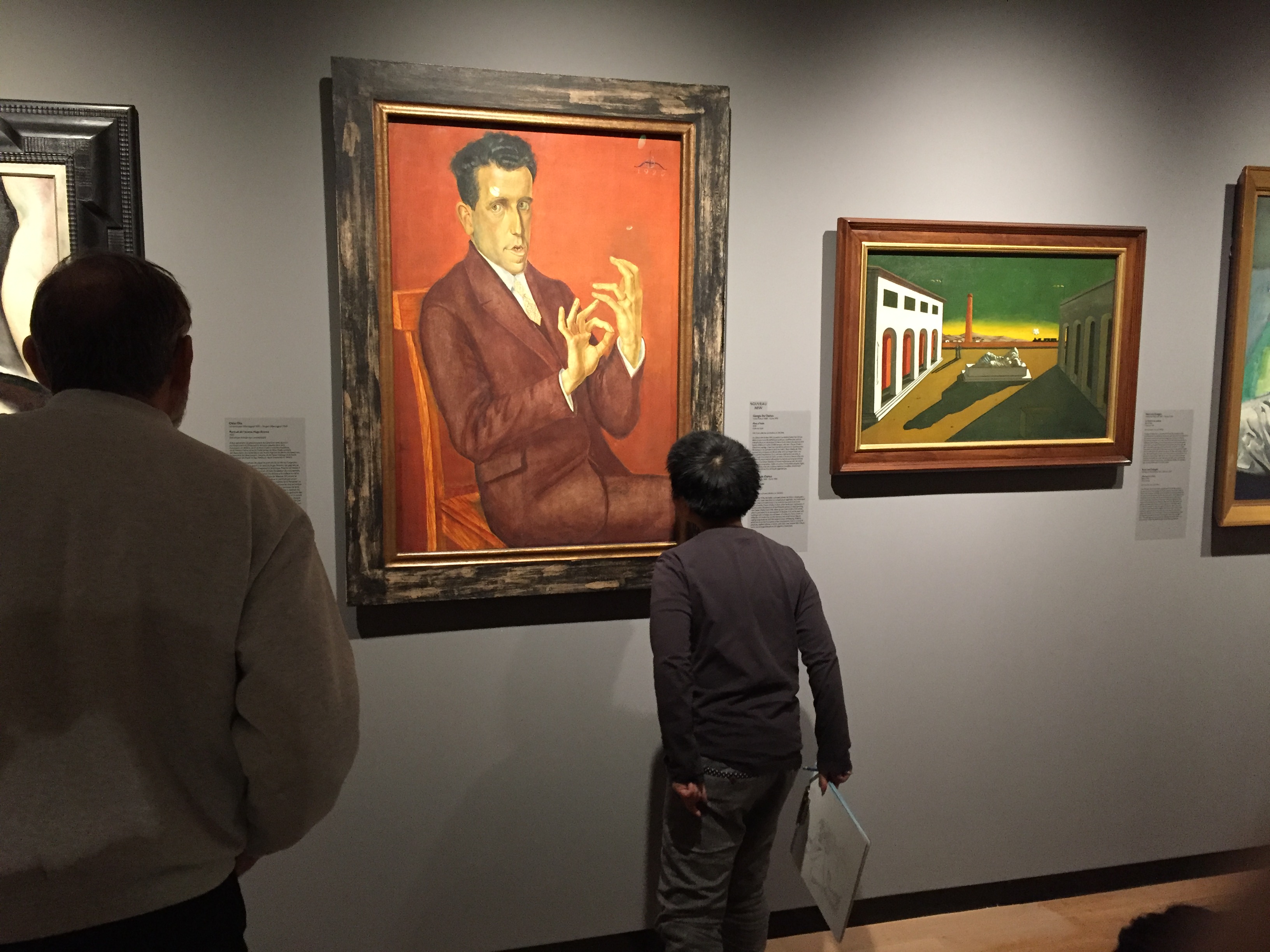
Mercurian Mapplethorpe
I was taken to the National Gallery yesterday to see the Mapplethorpe exhibition. A photographer immersed in the dynamism of New York in the 1970s and 1980s, the man became famous for his provocative sexual photographs.
I will not compare my now old photographs to his, but I recognized the experience of taking pictures of people. Mapplethorpe said that if he had lived a century earlier, he would have sculpted, photography being a quick way to achieve the same result.
He was not wrong. I have always had the impression, in front of a model, of looking for the pose that would give its true value to his personality. Seeing many of the portraits he made—Mapplethorpe favored the intimacy of a studio—I perceived this sometimes clumsy attempt to seek a universal character to this or that part of the body.
I was surprised by the poverty of light in the artist’s photos. There are certainly magnificent works, but the light is not present everywhere, white being often greyer than anything else and we feel that the black and white treatment was escaping less successful photos.
The themes of many of the photographs are sexuality, sometimes BDSM. Bisexual, sexuality was for him a source of inspiration, his photos being the expression of this quest. For him, S&M did not mean sadism and masochism, but sexuality and magic, affirming, as everyone knows, that there is a part of the primordial rite in the sexual act.
I too have photographed naked men, painted paintings with their bodies, put on digital film an intimacy that only belongs to their model. I have photos that I will never be able to show, because I didn’t get my models to sign any discharge (without pun intended). I understand what Mapplethorpe was doing, but unlike him, I got tired of the exercise. I talked about my experience as a photographer in my book Falaise. Old Alfred was Andre’s model. I relate a fact, a photograph that has been described to me. It could have been made by Mapplethorpe.
The photographer was the fruit of his time. Even if a luminous sign warned us at the entrance of a room that it contained adult material, there was nothing to discover. It was bold for the time, it could even leave ours cold. For one, Mapplethorpe liked big dicks, his was not bad either. He got his hand up to his ass because he was trying everything he wanted to photograph. So he photographed a hand in an ass.
I wouldn’t want to reduce his art to this aspect of his photography. He photographed many other things, artists, flowers, atypical women and blacks too typical will say his most acerbic criticisms. An exhibition caused a scandal in the United States. There was an epic fight for freedom of expression. Fortunately, the artists won.
He reminded me of Cocteau, in a sadder, therefore a more contemporary way. He was looking for perfection, form. His genius was to have a non-judgmental look, like a Mercury observing divine banquets without blinking.
After this visit, we went to see the new Peace Pavilion of the National Gallery. Change of tone, change of looks. The six floors span some of the most important periods in the history of painting. The pavilion was built around the very generous donation of Michal and Renata Hornstein. There are beautiful scabs, portraits of aristocrats, great epic and religious paintings, just as there are magnificent works, great names. I would be happy to go back and see this pavilion again.
A scene moved me. I would have liked to have taken it better, but by the time I got my iPhone, the little boy drawing a Schiele had already taken another pose. The boy had a talent and the contrast between the painter’s self-portrait and him was striking.
Basically, that’s art, that contrast you create between your imagination and reality. I should go to the museum more often...


